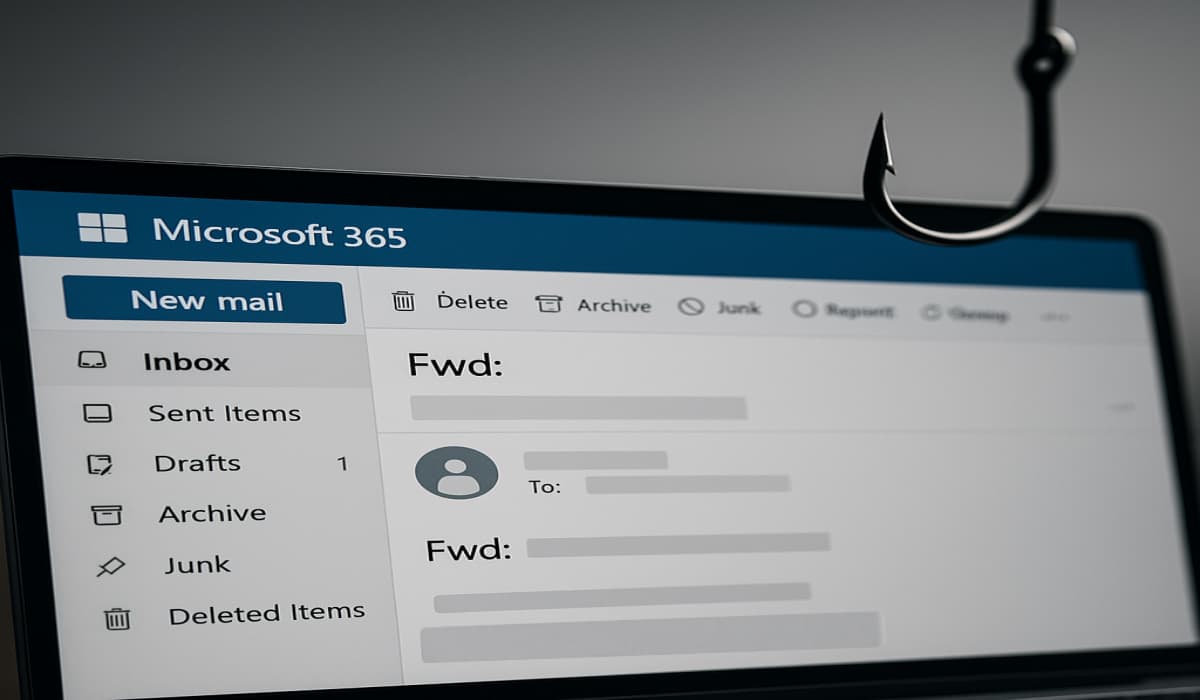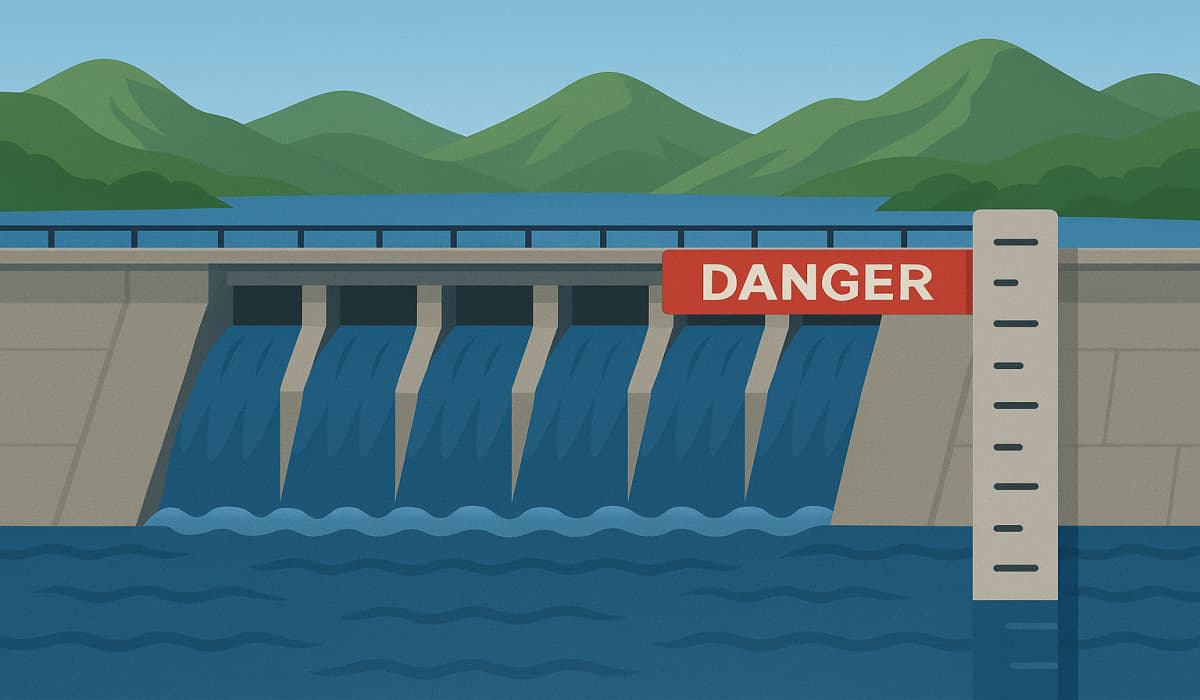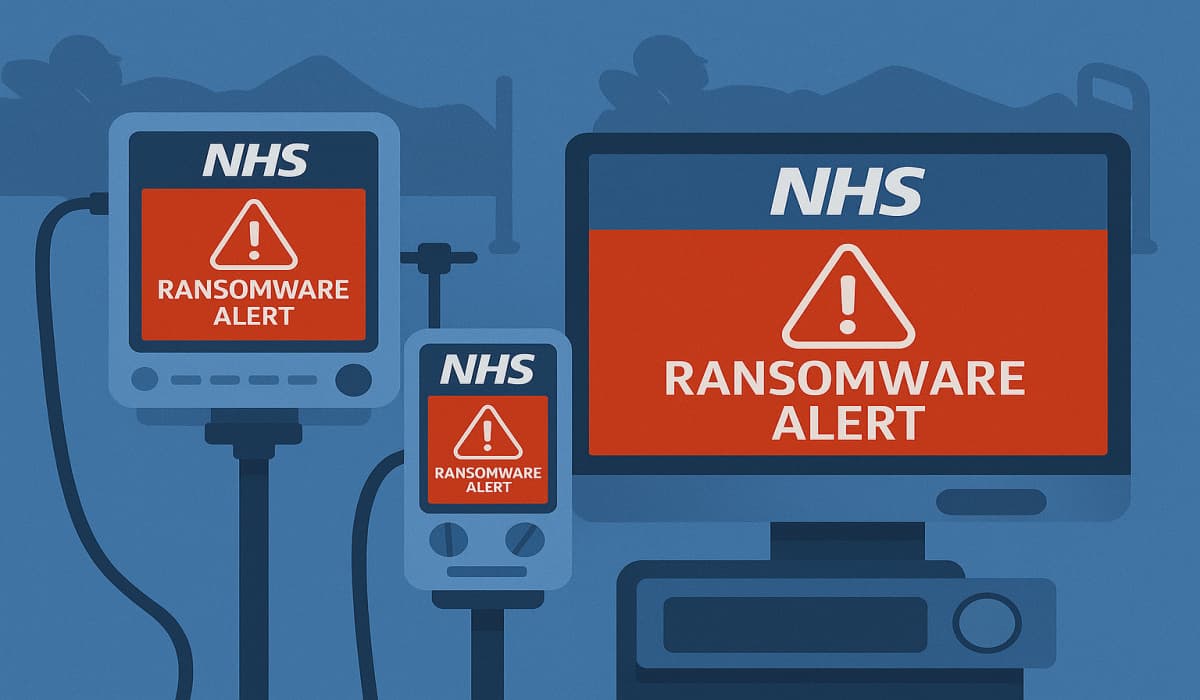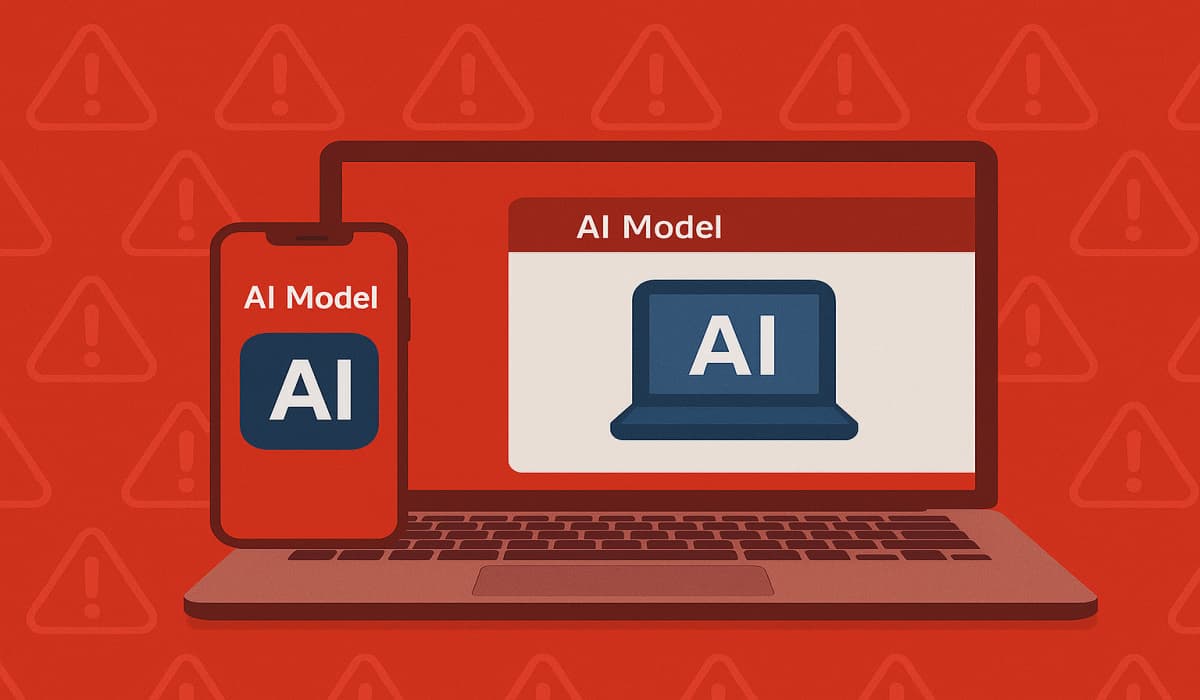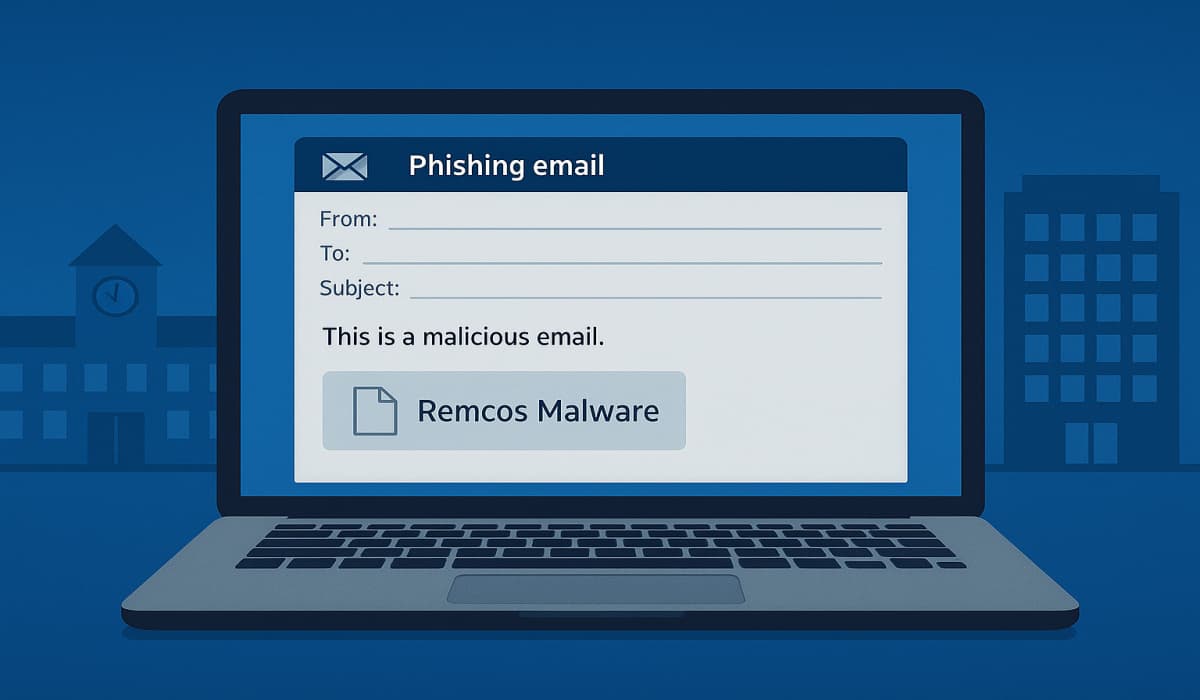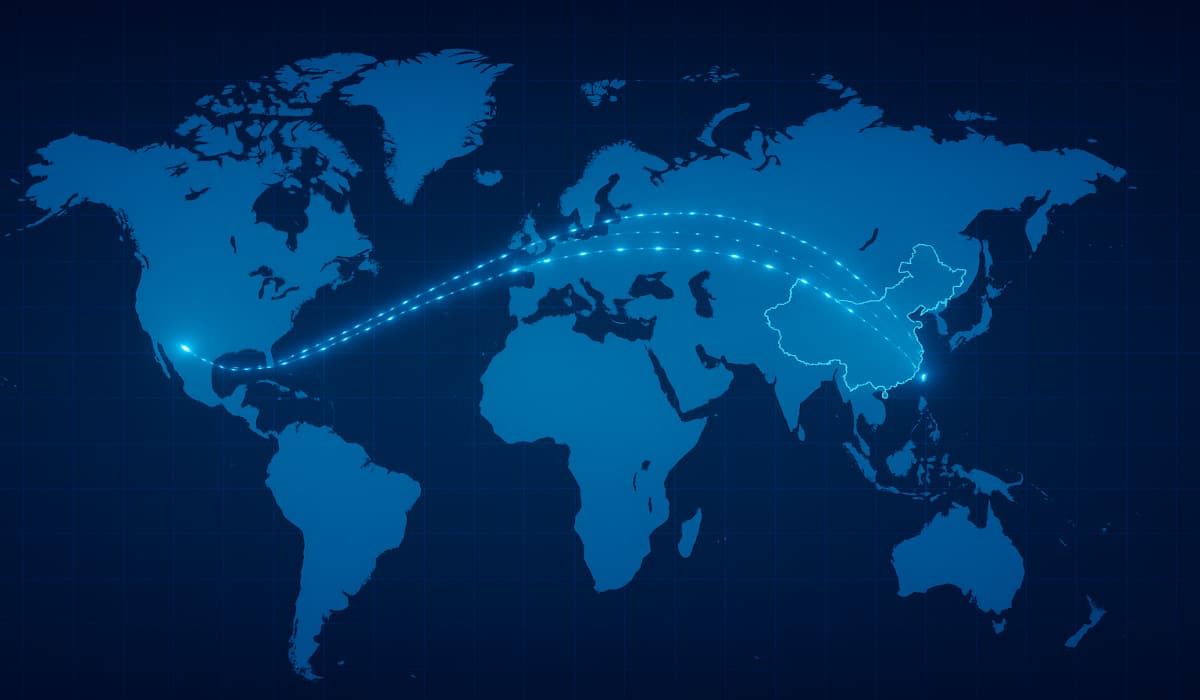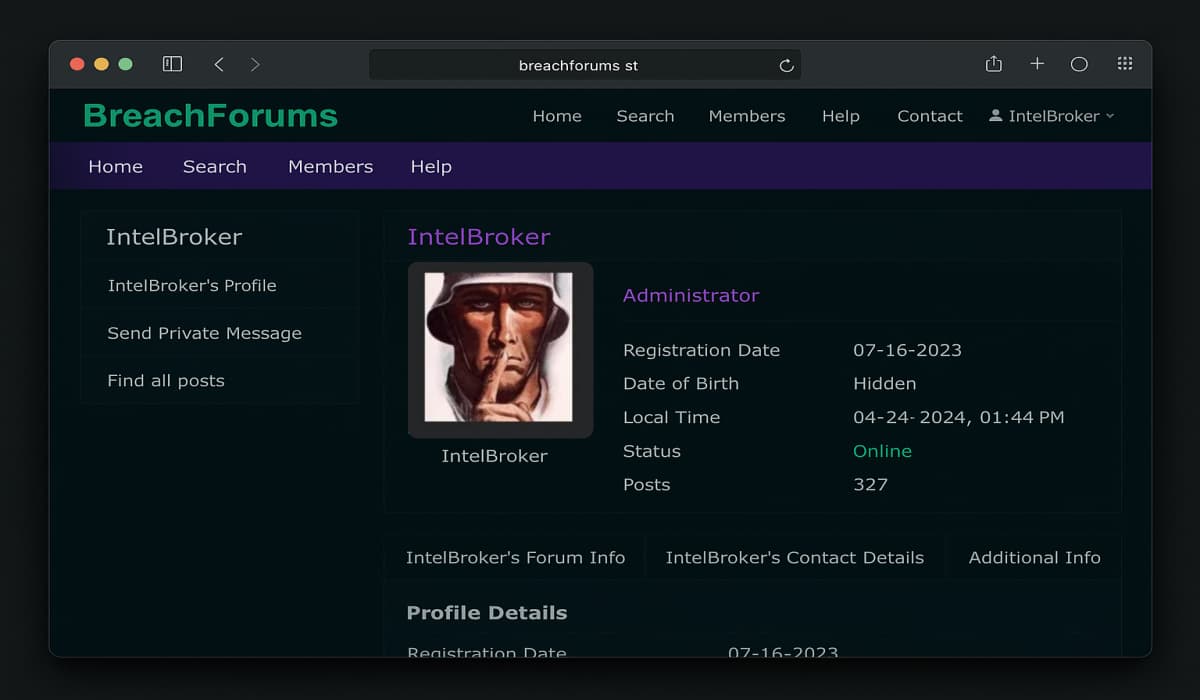Category: HackRead
Data from research suggests that the global cryptocurrency market will at least triple by 2030, increasing to an amount of…
Scammers are exploiting Microsoft 365 Direct Send to spoof internal emails targeting US firms bypassing security filters with phishing attacks…
Alert fatigue, slow detection, and delayed response times directly impact your team’s effectiveness and your organization’s risk posture. These problems…
Palo Alto, California, June 30th, 2025, CyberNewsWire Every security practitioner knows that employees are the weakest link in an organization,…
Cybercrime is often seen as a threat to privacy or money, but recent years show it can cost lives too….
In a concerning incident this April, unidentified hackers managed to breach the control systems of a Norwegian dam. Reportedly, hackers…
A data breach at Ahold Delhaize USA Services, LLC, a company providing support to the major East Coast grocery retailer…
A patient’s death has been officially connected to a cyber attack carried out by the Qilin ransomware group that crippled…
New research from Cisco Talos reveals a rise in cybercriminals abusing Large Language Models (LLMs) to enhance their illicit activities….
Forcepoint’s X-Labs reveals Remcos malware using new tricky phishing emails from compromised accounts and advanced evasion techniques like path bypass…
A recent report by the Washington, D.C.-based Tech Transparency Project (TTP) reveals that numerous free Virtual Private Network (VPN) apps,…
Authorities in the United States have charged a British national, Kai Logan West, widely known online as “IntelBroker“, with a…

